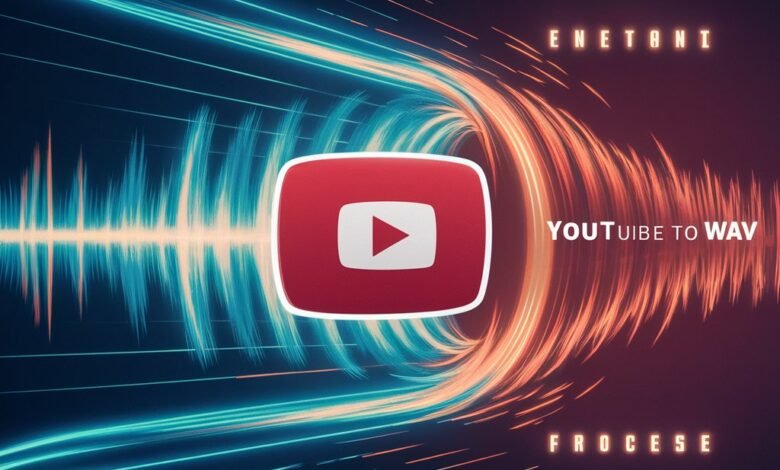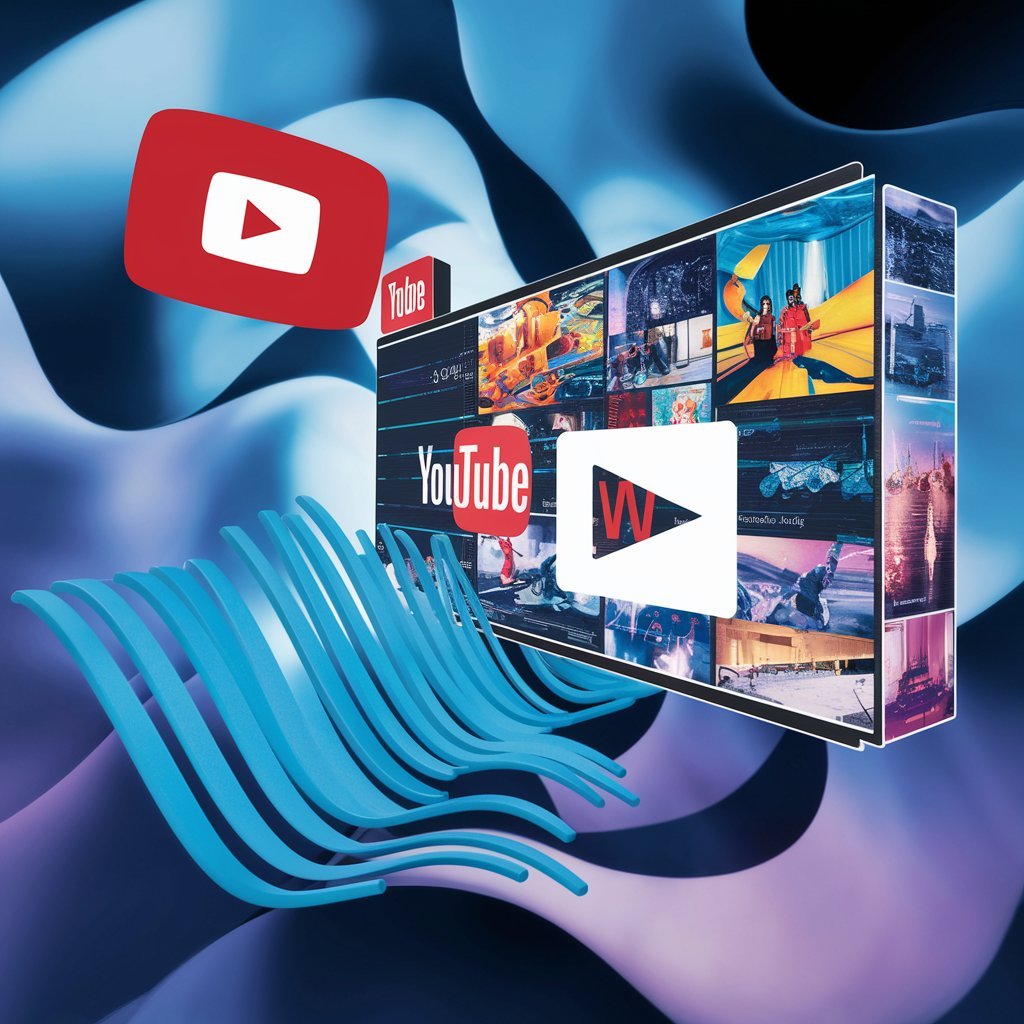YouTube to WAV: Understanding the Process, Benefits, and Uses

In the digital age, online platforms like YouTube have become the primary sources of music, podcasts, lectures, and other audio-visual content. While streaming is convenient, there are situations where people want to extract the audio track from a video for offline use, editing, or preservation. Among the many audio formats available, WAV (Waveform Audio File Format) stands out because of its high quality, lossless compression, and compatibility with professional tools. Thus, the concept of YouTube to WAV has gained popularity, symbolizing the process of converting video content into a format that preserves audio fidelity.
This article explores the meaning, methods, and uses of YouTube-to-WAV conversions. We will discuss why WAV files are significant, how the process works, the ethical and legal considerations, and the benefits for professionals and everyday users. By the end, you will see that “YouTube to WAV” is more than just a technical phrase—it represents the growing importance of quality audio in education, entertainment, and creativity.
What is a WAV File and Why Does It Matter?
Before diving into the conversion process, it is important to understand what a WAV file actually is. The WAV format was developed by Microsoft and IBM in the early 1990s as a standard for storing uncompressed audio. Unlike compressed formats such as MP3 or AAC, WAV preserves the original quality of sound without discarding frequencies or reducing file size. This makes it ideal for professionals in fields like music production, broadcasting, and film editing.
The reason people often prefer WAV over compressed formats is that sound quality is critical in many contexts. For a casual listener, the difference may seem small, but for a sound engineer, a teacher recording lessons, or a musician working on an album, even the smallest loss in quality can affect the final product. “YouTube to WAV” conversions allow users to extract audio in its most authentic form, ready for editing, mixing, or archiving.
Why Convert YouTube Videos to WAV?
There are many reasons why people want to convert YouTube videos into WAV files. First, YouTube is filled with educational content, live performances, speeches, and tutorials. By converting them into audio files, learners can listen to lectures offline, musicians can study performances, and podcasters can archive references.
Second, WAV files are widely used in audio editing software such as Audacity, Adobe Audition, and Logic Pro. Because of their uncompressed nature, WAV files can be manipulated without losing clarity, which is essential for professionals. For example, a music producer might want to extract a vocal performance for study, while a language learner might want to isolate spoken phrases for practice.
Lastly, WAV files are compatible with most devices and platforms. Whether on a high-end studio system or a simple audio player, WAV maintains consistent quality, making it a universal choice. Thus, “YouTube to WAV” is not just about conversion—it is about unlocking the potential of audio for diverse purposes.
The Process of Converting YouTube to WAV
The actual process of converting YouTube videos into WAV files typically involves three steps: downloading, extracting, and saving. Users often rely on online tools, desktop software, or browser extensions that can perform this task. While each method has its own advantages, the overall idea remains the same: take the video link, process it, and produce a high-quality audio file.
Online converters are simple to use—they usually require you to paste a YouTube link and then select the WAV format as the output. Desktop software, on the other hand, often offers more control, allowing you to adjust the bitrate, sample rate, and even edit sections of the audio before saving. Advanced users may prefer this because it gives them more precision over the quality of the final file. Regardless of the method chosen, the goal of the “YouTube to WAV” process is to preserve clarity while making the audio usable across different contexts.
Ethical and Legal Considerations

When discussing “YouTube to WAV,” it is essential to recognize the ethical and legal issues involved. YouTube content is usually protected by copyright, which means that converting videos without permission can violate intellectual property rights. While it may be acceptable to convert a video you uploaded yourself or content released under a Creative Commons license, downloading copyrighted music or movies without authorization can lead to legal consequences.
From an ethical perspective, creators deserve recognition and compensation for their work. Using “YouTube to WAV” conversions responsibly means respecting these rights while still benefiting from the accessibility of digital tools. Educational use, personal study, or non-commercial projects often fall under fair use guidelines, but it is always important to check the rules that apply in your country. In short, while the process itself is simple, the responsibility lies in how it is used.
The Benefits of WAV over Other Formats
Many people ask: why choose WAV when smaller formats like MP3 are more convenient? The answer lies in quality and flexibility. MP3 compresses files to save space, but in doing so, it discards certain sound frequencies, which reduces clarity. This is usually fine for everyday listening, but when precision matters—such as in music production or professional presentations—this loss can be noticeable.
WAV, by contrast, maintains the full depth of sound. It preserves both the low and high frequencies, capturing every detail of a recording. This makes it ideal for editing, archiving, or sharing in professional environments. Moreover, since WAV is a widely recognized standard, it avoids compatibility issues that sometimes arise with newer formats. For anyone who values sound quality over convenience, WAV remains the format of choice.
Gelboodu: Practical Applications of YouTube to WAV
The uses of “YouTube to WAV” are as varied as the people who rely on it. Musicians often use it to study techniques, extract instrumentals, or sample sounds for creativity. Educators use it to archive lectures and make content accessible to students in audio form. Language learners convert speeches or podcasts to WAV so they can replay them repeatedly with maximum clarity.
Even outside professional circles, everyday users find value in it. Some people convert meditation music for offline listening, while others save interviews or documentaries to listen during commutes. The point is that “YouTube to WAV” is not limited to one group—it serves anyone who values audio as a powerful medium of learning, creativity, and relaxation.
The Future of Audio and YouTube to WAV
As technology evolves, the demand for high-quality audio will only increase. Virtual reality, artificial intelligence, and advanced sound engineering rely heavily on accurate sound reproduction. This makes formats like WAV even more important because they provide the foundation for innovation.
In the future, we may see new tools that make the “YouTube to WAV” process faster, safer, and more ethical. Integration with learning platforms, collaboration tools, and professional editing systems will expand the usefulness of such conversions. However, the principle will remain the same: preserving sound in its purest form for creativity, education, and progress.
Conclusion
YouTube to WAV is more than just a technical conversion—it is a practice rooted in the value of sound quality, accessibility, and creativity. By transforming videos into high-quality audio files, people gain the ability to study, edit, and enjoy content in ways that streaming alone cannot provide.
However, this process also carries responsibilities. Ethical and legal considerations must be respected, ensuring that creators’ rights are preserved while users benefit from the tools available. At its heart, “YouTube to WAV” represents the balance between technology and responsibility, convenience and quality, innovation and respect.




